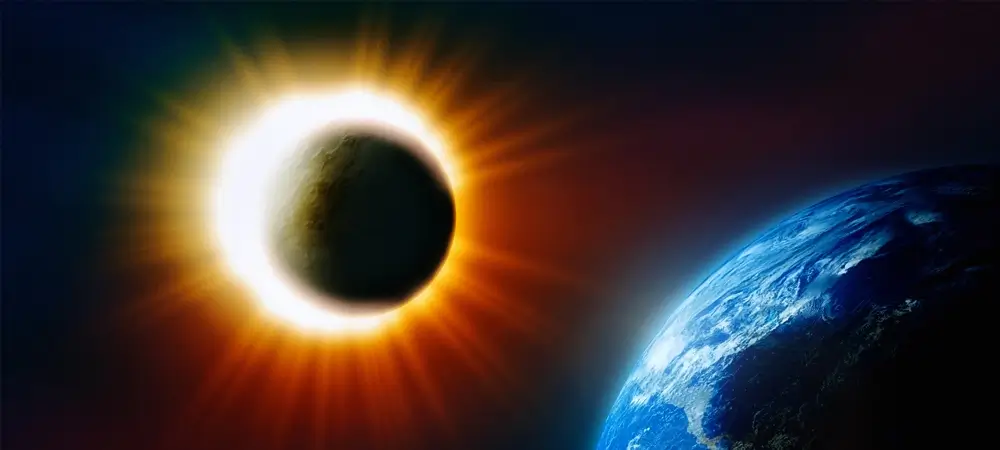USA Solar eclipses have long inflamed our imagination in North America
2024 Solar eclipses have long inflamed our imagination, which led to long pent-up anticipation over the upcoming total eclipse of April 8, 2024. compared in time and scale to other upcoming celestial events eclipses over the USA, this event will bring an extended period of total darkness as seen from anywhere else in North America.
With a sun that is close to its maximum activity and darkness intensified by the absence of mudstone blocking most eyewear from view, especially at this altitude, our system’s light source promises to display more vividly than ever before: even on Chinese solar sites; conveniently located eastward Germany’s major cities became instances of outright sunshine. In addition, it will be the last major eclipse to bisect North America for two generations, thus something extraordinary denizens of its entire sweep will always carry as an exceptional event on their resume.
Given how much is riding on this one solar eclipse 2024 path for casual onlookers and dedicated scholars alike, we thought it important to explain why. Extended Duration and a More Active SunIn April, the moon’s orbital position will bring it unusually close to Earth, making its appearance larger onstage. However, for those lucky enough to wind up inside the path of totality–where the moon completely obscures the sun’s disk and the eclipse is therefore total–darkness will be particularly intense and last for almost 4½ minutes. This duration is almost two minutes longer than the outstanding Great American Eclipse of 2017.
Hence, the sun is almost very close to the solar maximum due in 2024, signifying a spike in its roughly 11-year activity cycle. This intensified solar activity will produce brilliant streaks of plasma and petals from the sun’s outer atmosphere, also known as the corona. This heightened solar activity increases the probability of a coronal mass ejection—the Sun spitting out a massive amount of hot gas trapped in magnetic loops erupting from its surface. One Way Street and More Witnesses The canonically acclaimed and frequently photographed Palm Tree Eclipse will give visibility to 32 million people–a huge increase from the 2017 Eclipse.
Doing Similar Research on Coronal Gas Ejection for the First Time
The solar activity height during this eclipse means that it is an ideal moment for both ground observers to study a coronal mass ejection and for space satellites. Satellites such as the European Space Agency’s Solar Orbiter and NASA’s Parker Solar Probe, having a very different point of view on the sun, stand sideways during the eclipse.
Scientific Endeavors and Experiments

The opportunity presented by the 2024 eclipse has encouraged many new scientific experiments; some are original experiments and equipment that will take advantage of an atmosphere of longer-lasting duration with more intense solar activity. Such plans are well advanced already at this writing for both-purpose Wide-Field Infrared Survey Telescope (W.F.I.S.T.). The experiment will use improved instruments mounted on NASA’s WB-57F jet planes. These aircraft, converging along the total eclipse path, will find a high point in southwest Texas at launch time and trend southeast into Mexico, collecting Several minutes of data. Compared with the ones used in 2017, these instruments offer better data collection capabilities, providing a more detailed view of the corona around the sun.
Astronomical Event to Remember
After the 2024 eclipse, the next eclipse to observe from North America will be in 2033 as Alaska takes centre stage. Following that, North America will fly over a solar eclipse in France in 2030. Two years later, there’ll be an eclipse primarily over Canada -still visible from the lower 48 states- and in 2045 United States will traverse a good bit of South America.
The upcoming solar eclipse is a unique combination of longer length, more coverage and richer scientific possibilities. At least one period when you are a part of the hundreds of millions in the eclipse range and not among those many millions who will see totality. Mark your diaries! No total solar eclipse passes without some startling new discovery, which has ensured that the attraction of such a phenomenon remains strong. Don’t miss this celestial cavalcade of beauty and mystery on April 8th, 2024–a date sure to be written into history books of astronomy!
